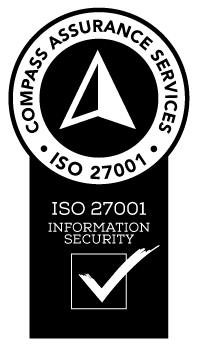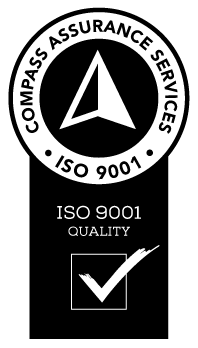Many employers don’t spend too much time considering the HECS and HELP commitments of their employees. After all, it is up to these employees to manage that debt and inform employers once the loan amount has been paid off. However, what happens when an employee has paid off the loan and only comes to realise six months down the track when they have received a salary that reflects HELP debt withholding?
It’s a scenario that is more common than you think, as well as many other HECS and HELP enquiries that a payroll team must consider and guide employees through. If you haven’t had the discussion in your business or would like your employees to familiarise themselves with their loan amount if they are nearing the final payoff amount, let’s discuss what the protocol is.
- When do employees repay their HECS and HELP debts?
- HELP debt withholding when the loan amount has been paid off
- How to avoid HECS and HELP payment issues with your staff
When Do Employees Repay Their HECS and HELP Debts?
Firstly, let’s get back to the basics and understand what the payment commitments are for your workforce. The compulsory repayment threshold for the 2020-21 income year is $46,620. Still, these figures will change each year (usually by not much at all), so it’s advantageous to have an outsourced payroll team who can keep an eye out for these amendments up ahead, notifying employees so this repayment is reflected accurately in payslips. If employees dip below this threshold, they do not need to pay back the debt during that financial year.
The repayment rate will increase as salaries climb, so the student loan repayment rate is a resource you should be familiar with. For example, an employee earning between $59k-$63k is required to repay 3%, whereas an employee that is earning over $135k will be required to repay 10% and above. Employees can also make voluntary payments to the ATO to bring their student loans down if they are concerned with the HELP debt withholding and would like to be paid their full salary sooner. That said, Australia’s student loan program is one of the best in the world, and there is no considerable benefit in paying this down quickly outside of personal preference.
HELP Debt Withholding When the Loan Amount Has Been Paid Off
Unfortunately, due to the pressures of an internal payroll team and the many priorities they juggle, sometimes employees continue to get paid with their reduced HELP debt withholding long after their debt has been paid off. If your employee has flagged this with you, you must have them complete a Withholding Declaration. This declaration effectively informs the payer (you, the employer) that they wish their pay to readjust now that the HELP debt withholding no longer needs to be withheld. HECS and HELP debt form part of an employees PAYG, and so, unfortunately, any refunds that your employee is entitled to will no be acknowledged and refunded until the end of the financial year. So, make sure they are aware of this fact and don’t expect the refund in their next pay cycle.
If your employee is having trouble understanding the route to take here, it might be valuable to assist them in completing these forms. You might also wish to provide this employee with the timeframes and any vital information that they can take to their tax agent when completing their tax return for that year. These Withholding Declaration forms are also used to declare a change of tax file number, or when an existing employee wishes to start having their pay used for HELP debt withholding, so you and your team have probably seen them pass your desk before.
How to avoid HECS & HELP payment issues with your staff
Transparency is key when discussing HECS and HELP debt withholding, as this sort of debt can just sit in the background for many employees with little reason to check in on how it is being paid down. By encouraging your team to check in with their HECS account balance, you can take a proactive rather than reactive approach to adjusting their pay and ensuring that they are not having any income withheld. Discontinuing HELP debt withholding is the responsibility of the employee, you but you can give your team the information and resources so that they can better understand and appreciate why this is a figure to keep an eye on.
~
Our payroll consultants at i3Group have worked with an incredible collection of clients, many of which have a qualified workforce with small and large HELP debt withholding commitments. Through our modern technology and responsive processes, our outsourced payroll consultants can better spot and manage these circumstances should they arise, and give both employer and employee a fresh start each financial year.
If you feel like your business doesn’t have the bandwidth or resources to discuss these commitments with your team and process any HELP debt withholding adjustments and discontinuations, have a chat to our consultants today to find out what internal hurdles we can assist with. You can also follow our blog for more news & advice.
Interested in more advice to help your small business navigate payroll? Check out our master guide here!











































Leave a Reply